Introduction to Titanium Sapphire Lasers
Titanium Sapphire lasers are renowned for their distinct capabilities in various sectors. This groundbreaking technology has transformed many industries, offering unique advantages that cannot be rivaled.
The Fundamental Principles of Titanium Sapphire LasersThe Structure and Components of Titanium Sapphire Lasers
A Ti:Sapphire laser primarily comprises three components: the laser crystal (the gain medium), the pump source, and the optical resonator. The laser crystal, which is a sapphire crystal doped with titanium ions, is the heart of this laser. The titanium ions enable the absorption of light and subsequent emission of laser light.
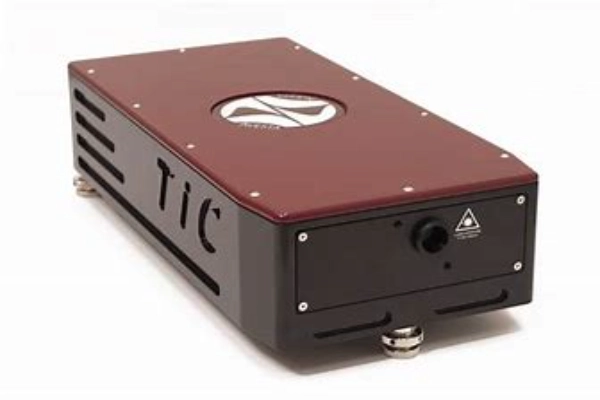
Pump Source and Its Function
The pump source provides the initial energy required to stimulate the titanium ions in the laser crystal. This pump source can be a flashlamp or another laser, depending on the specific application. The pump source’s light is absorbed by the titanium ions, promoting them to a higher energy state.
The Role of the Optical Resonator
The optical resonator comprises two mirrors positioned at either end of the laser crystal. It serves as the medium where the laser action takes place. The resonator’s role is to provide feedback and direct the laser light, promoting a chain reaction of photon emissions from the excited titanium ions.
The Process of Lasing in Titanium Sapphire Lasers
The process of lasing in Ti:Sapphire lasers involves the absorption, spontaneous emission, and stimulated emission of light. When the pump source excites the titanium ions to a higher energy state, they can decay back to a lower energy state via spontaneous emission, emitting a photon in the process. This photon can stimulate other excited ions to emit photons of the same energy and phase, leading to the amplification of light, which is the fundamental process of laser action.
The Unique Aspect of Broadband Tunability
The broadband tunability of Ti:Sapphire lasers, stemming from the broad emission band of titanium ions in sapphire crystals, sets them apart from many other laser types. The crystal structure of sapphire and the electronic configuration of titanium ions give rise to a broad and smooth emission spectrum, which allows for flexible tuning of the laser’s output wavelength to meet specific application requirements.
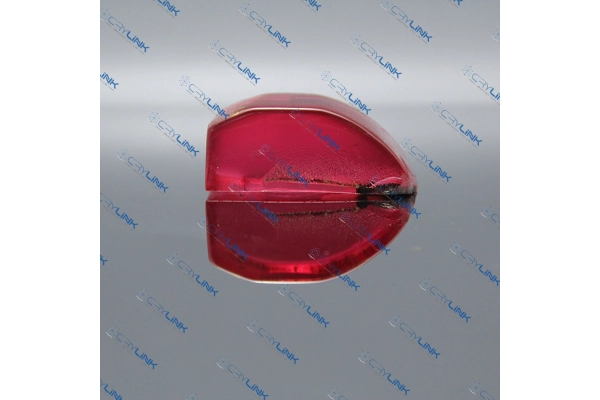
The Unrivaled Advantages of Titanium Sapphire Lasers
Broad Wavelength Range
The Titanium Sapphire laser’s broad wavelength range is one of its most distinct advantages. Spanning from 660 nm to 1050 nm, this wide emission spectrum allows for high versatility in applications across various fields, including research, industry, and healthcare.
Ultra-Short Pulse Generation
Titanium Sapphire lasers are renowned for their ability to generate ultra-short pulses, in the femtosecond range. This feature makes them ideal for use in time-resolved spectroscopy, pump-probe experiments, and multiphoton microscopy where precise control of pulse durations is paramount.
High Optical Quality
The high optical quality of Titanium Sapphire lasers is another notable advantage. They produce a high-quality beam with excellent spatial coherence and minimal divergence. This characteristic is invaluable in applications that require high precision, such as laser surgery and microscopic imaging.
Superior Damage Threshold
Owing to the inherent properties of sapphire, Titanium Sapphire lasers possess a superior damage threshold compared to many other types of lasers. This makes them well-suited for high-intensity applications without the risk of damaging the laser medium.
Excellent Thermal Conductivity
Titanium Sapphire crystals offer excellent thermal conductivity, which enables these lasers to handle high-power operations efficiently. This characteristic reduces thermal effects that can degrade laser performance, contributing to long operational lifetimes.
Wide Temperature Operating Range
Titanium Sapphire lasers also exhibit a wide temperature operating range. They can function efficiently in varying temperature conditions, making them versatile tools in different environments.
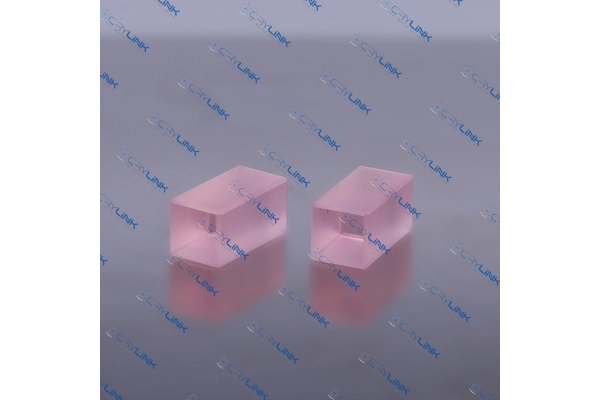
Ultrafast Pulses
Titanium Sapphire lasers are capable of producing ultrafast pulses. This characteristic makes them suitable for applications that require rapid, precision-controlled pulses such as ultrafast spectroscopy and microscopy.
The Impact of Titanium Sapphire Lasers in Various Sectors
Transforming the Landscape of Medical Technology
In the realm of medical technology, Titanium Sapphire lasers have enabled a host of advanced diagnostic and therapeutic procedures. From precise ablation in surgical procedures to the targeted destruction of malignant cells in cancer treatments, these lasers’ accuracy and power make them an invaluable tool in the hands of healthcare providers.
The Promise in Dermatology
In dermatology, these lasers have been used for skin resurfacing and treating various conditions, such as vascular and pigmented lesions. Their tunability allows for targeted treatment, minimizing damage to surrounding tissues.
Driving Innovation in Industrial Manufacturing
In industrial manufacturing, Titanium Sapphire lasers have revolutionized microfabrication processes. Their high peak power and precision make them ideal for cutting and drilling materials with minimal thermal effects. This leads to improved product quality and reduced waste.
Enabling Precision in Microelectronics
In the microelectronics industry, these lasers are employed in lithography processes for the fabrication of integrated circuits. The ability to produce ultra-short pulses enables high-precision etching, contributing to the miniaturization trend in electronic devices.
Catalyzing Breakthroughs in Scientific Research
Titanium Sapphire lasers are the workhorse of many research laboratories, driving breakthroughs in diverse scientific fields. From studying ultrafast phenomena in physics to probing molecular interactions in chemistry and biology, the broad tunability and ultrafast pulses of these lasers have opened up new avenues of exploration.
Illuminating the Universe with Astronomy
In astronomy, these lasers are used to create artificial stars for adaptive optics systems in large telescopes. This helps correct atmospheric distortions and enables astronomers to capture clearer images of celestial bodies.
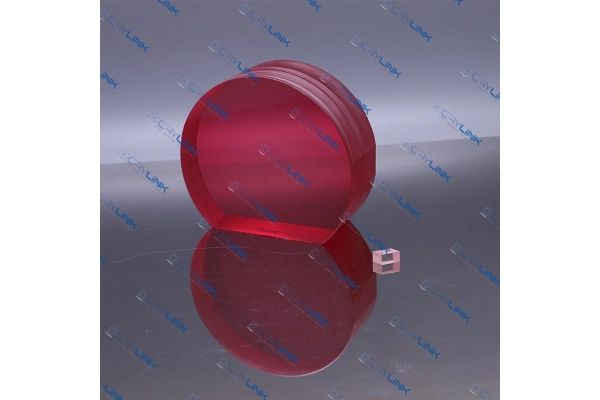
Looking Towards the Future of Titanium Sapphire Lasers
The future holds promising advancements for Titanium Sapphire lasers. As research progresses, we can anticipate more powerful lasers with even more versatile applications, further cementing their position in numerous sectors.
Pioneering the Next Generation of Medical Treatments
In the medical field, we anticipate Titanium Sapphire lasers playing an even larger role. Their precision and control will facilitate the development of innovative non-invasive treatments. We can expect advancements in areas such as robotic surgery and targeted therapies for cancer treatment, where the lasers’ ultrafast pulses and tunability are invaluable.
Redefining Manufacturing Processes
In manufacturing, Titanium Sapphire lasers will continue to redefine processes as research leads to more efficient and versatile models. Their high peak power and excellent thermal conductivity promise more efficient microfabrication, potentially revolutionizing the production of everything from microelectronics to precision-engineered components.
Advancing Frontiers in Scientific Research
In the realm of scientific research, the future of Titanium Sapphire lasers is rich with potential. We envision new research methodologies in fields like ultrafast physics, nonlinear optics, and bioimaging that will further leverage the lasers’ unique properties. The potential to discover previously unobservable phenomena is exciting.
The Space Exploration Potential
In the field of space exploration and astronomy, Titanium Sapphire lasers could serve as a critical tool. Their potential use in propulsion systems for miniature spacecraft and as a part of advanced communication systems opens up exciting prospects for space technology.
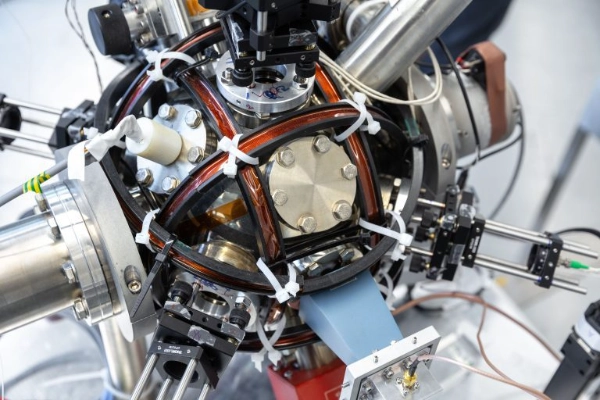
Conclusion
As we’ve explored throughout this in-depth analysis, Titanium Sapphire lasers have carved out a unique and impactful place within a wide array of fields. They have made possible many scientific, industrial, and medical applications that were unthinkable just a few decades ago.
The remarkable breadth and depth of their capabilities, ranging from the broad tunability and ultra-short pulse generation to the high optical quality and superior thermal properties, make these lasers exceptional tools of precision and power. Their superior damage threshold and wide temperature operating range further contribute to their resilience and versatility.
In the medical sector, Titanium Sapphire lasers have revolutionized the treatment landscape by enabling precise and non-invasive procedures. Their transformational impact extends to dermatology, surgical procedures, and the promising field of targeted cancer therapies.
In the industrial arena, these lasers have been game-changers in microfabrication, microelectronics, and various other manufacturing processes. Their high peak power, excellent thermal conductivity, and precision have allowed for quality improvement and efficiency gains.
The contribution of Titanium Sapphire lasers to scientific research has been no less transformative. From probing the intricacies of ultrafast phenomena in physics to enabling high-resolution bioimaging, these lasers have empowered scientists to make groundbreaking discoveries.
Looking towards the future, the potential of Titanium Sapphire lasers is immense. As research and technology continue to advance, these lasers are expected to play an even larger role in developing novel medical treatments, revolutionizing manufacturing processes, pushing the boundaries of scientific exploration, and even opening new frontiers in space technology.
In conclusion, the journey into the world of Titanium Sapphire lasers reveals an extraordinary technology that has already significantly transformed multiple sectors. With their unrivaled advantages and expanding range of applications, Titanium Sapphire lasers are set to continue playing a crucial role in shaping our future.
Frequently Asked Questions
- 1.What is the role of a Titanium Sapphire crystal in a laser?
The Titanium Sapphire crystal acts as the gain medium in a laser. It provides the energy necessary for the laser to function, emitting photons under stimulation. - 2.What makes Titanium Sapphire lasers so versatile?
The versatility of Titanium Sapphire lasers lies in their broad emission band and tunability. This allows them to be used across a wide range of wavelengths, catering to various applications. - 3.Why are Titanium Sapphire lasers preferred in healthcare?
In healthcare, Titanium Sapphire lasers are preferred for their precision and ability to be controlled accurately. This makes them ideal for surgical procedures and photodynamic therapy. - 4.What industrial applications do Titanium Sapphire lasers have?
Titanium Sapphire lasers are used in numerous industrial applications, including material processing, microfabrication, and photochemistry. - 5.What does the future hold for Titanium Sapphire lasers?
The future for Titanium Sapphire lasers is promising. As research advances, these lasers are expected to become more powerful and versatile, finding use in even more applications.

Frank
Frank graduated from the University of Shanghai for Science and Technology, majoring in optics. As a technical engineer at Crylink Company, he deeply understands crystal materials and laser components.
Related Video(s) with this Article
Related Product(s) with this Article
Related Application(s) with this Article
